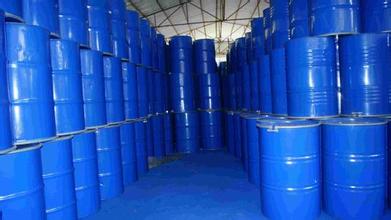Polyether Polyols (hereinafter referred to as polyether) are prepared by polymerization of initiator (compounds containing active hydrogen groups) with ethylene oxide (EO), propylene oxide (PO), epoxy butane (Bo) in the presence of catalyst. The polyether with the largest output is glycerol (glycerin) as the initiator and epoxide (generally Po and EO are used together). Various general polyether polyols can be produced by changing the feeding mode (mixed or separately added) of Po and EO, the feeding ratio, and the feeding sequence. Polyether (polyether polyol) is an important derivative of propylene oxide and one of the main raw materials for polyurethane synthesis

Polyurethane chemical foaming agent cfa-a8 is synthesized from sugar and other basic raw materials through catalytic reactions such as peroxidation. The product has high foaming efficiency. Polyurethane foam material with the same density and volume is prepared, and its dosage is only one third of that of other foaming agents. The foam material formed has excellent thermal insulation performance and stable material geometric size. It can be widely used in the foaming process of refrigerator, solar energy, children's toys, freezer and other household goods, cold storage, building insulation and other industries, and has a broad market. The polyurethane chemical foaming agent cfa-a8 does not contain halogen elements. The production raw materials are easy to obtain, the cost is low, the production process is free of three wastes, and the production process is clean and environmentally friendly. Its ozone depletion potential value is zero, and the global warming potential value is only about 1 / 10 of the existing physical foaming agents. Experts believe that the successful development of this product will help accelerate the elimination of existing physical foaming agents containing chlorofluorocarbons in the world, and provide technical support for China's timely implementation of the international convention of the Montreal agreement and the elimination of chlorofluorocarbons.
The so-called blowing agent is the material that makes the target material porous. It can be divided into three categories: chemical blowing agent, physical blowing agent and surfactant. Chemical blowing agents are compounds that can release gases such as carbon dioxide and nitrogen after heating and decomposition, and form pores in the polymer composition; The physical foaming agent is that the pores of foam are formed by the change of the physical form of a substance, that is, by the expansion of compressed gas, the volatilization of liquid or the dissolution of solid; Foaming agents have high surface activity, which can effectively reduce the surface tension of the liquid, and double electron layers are arranged on the surface of the liquid film to surround the air, forming bubbles, and then a single bubble forms a foam.